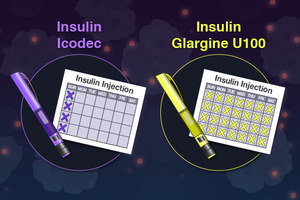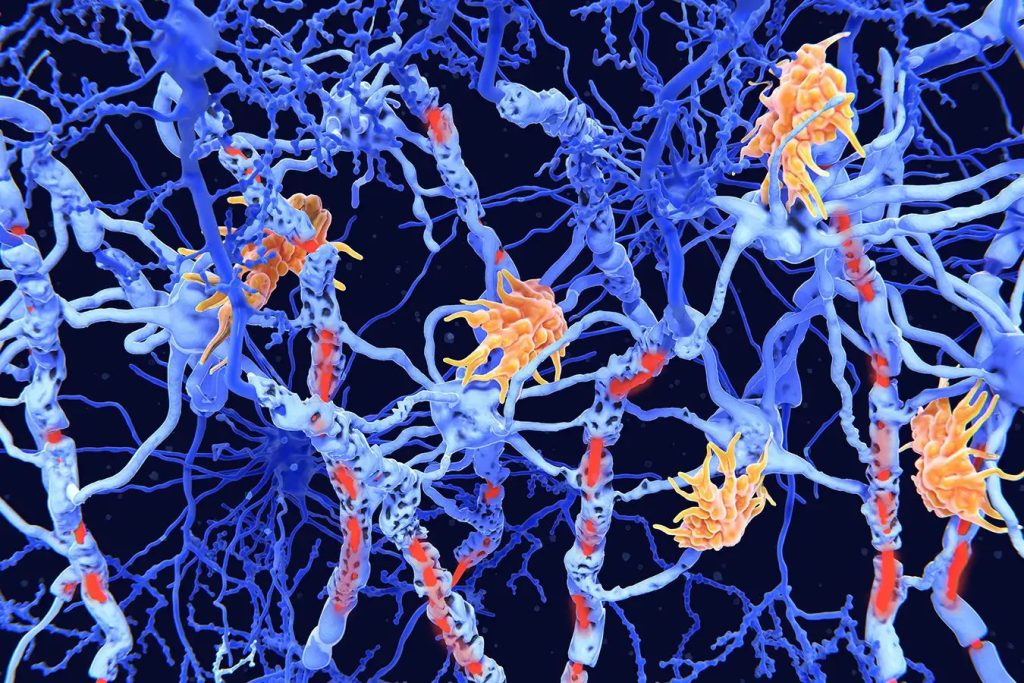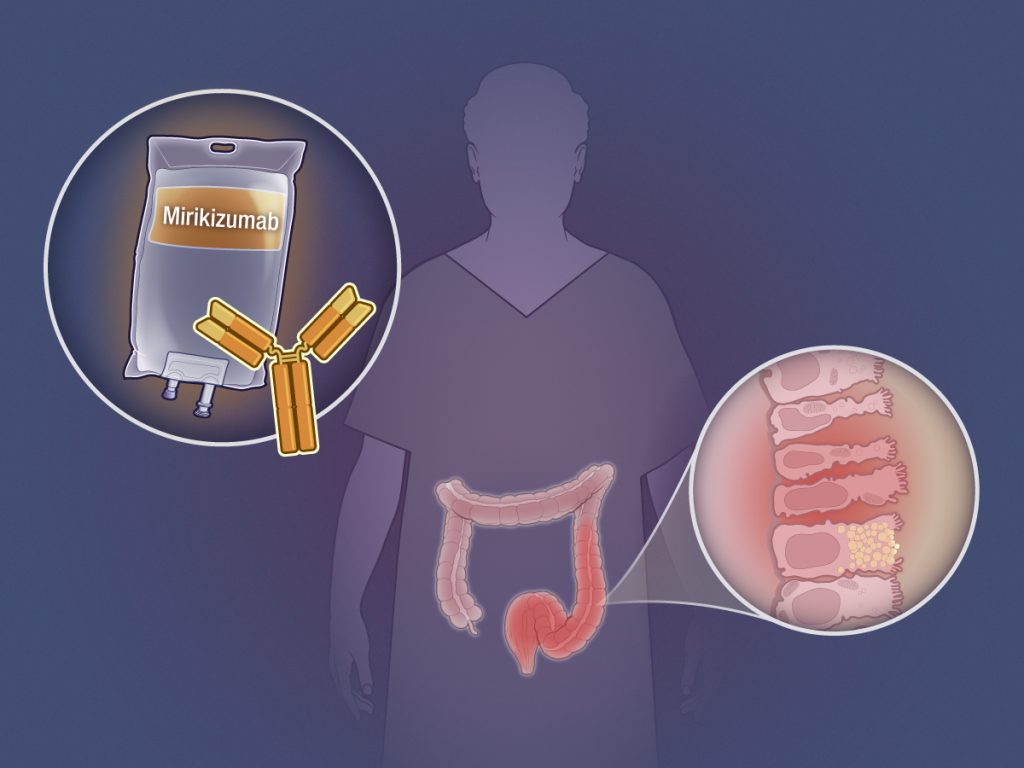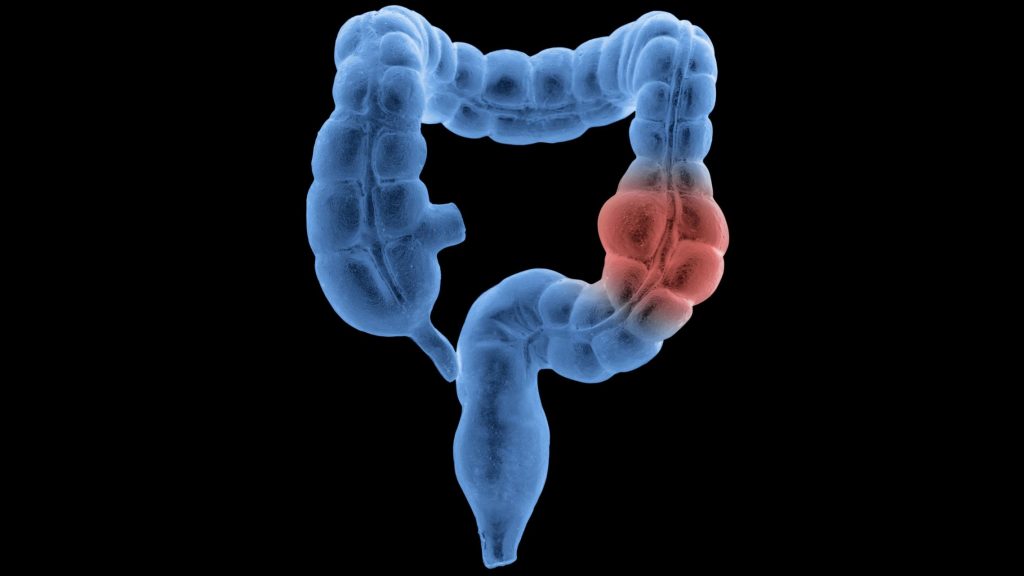Experimental drugs could improve several cancer therapies.
In order to combine medication with diagnostics, researchers have found a novel radioactive compound named CB-2PA-NT as a possible possibility.
The chemical exhibits strong uptake and retention in tumors while maintaining a distinct difference from surrounding tissues. It works by targeting neurotensin receptors, which are prevalent in numerous malignancies.

Shortly, researchers intend to carry out human imaging investigations utilizing CB-2PA-NT, which may have an impact on personalized cancer treatment for patients. Regulatory approval is still waiting.
The University of Wisconsin and the University of North Carolina worked together to create the anti-cancer medication candidate CB-2PA-NT, which has the potential to be used widely.
This study lays the framework for future investigations that will use CB-2PA-NT in human imaging, albeit these studies still require regulatory approval in order to start.
New research positions CB-2PA-NT as a promising candidate for an original theranostics method, according to data presented at the Society of Nuclear Medicine and Molecular Imaging Annual Meeting (SNMMI 2023).
Therapy and diagnostics are combined in theranostics.
Correct diagnosis is a prerequisite to choosing the best course of action. A precise diagnosis is even more crucial in the era of personalized medicine. This is where treatments can be tailored to a person’s unique biomarkers.
This is especially true in the field of cancer, where it is crucial to get a precise diagnosis.
Theranostics offers a potent method for battling cancer by fusing two crucial components. It entails locating cancer cells throughout the body and removing them with specialized radiation.
Positron emission tomography (PET) is used to localise the malignancy, and then medicine is given to kill it. Theranostics’ astounding accuracy greatly reduces the possibility of damaging nearby healthy tissues.
CB-2PA-NT has the potential to significantly advance the field of precision medicine by particularly targeting neurotensin receptors (NTSRs) present in diverse cancer types.
Researchers pursue the receptors on cancer cells
When it comes to many malignancies, including lung, colorectal, breast, pancreatic, and prostate cancers, NTSRs are more prevalent receptors.
A radioactive chemical that can precisely bind to NTSR1, one of these receptors, has been developed by scientists.
In terms of how well they are absorbed and retained by tumors, earlier attempts to synthesize these compounds have had mixed results.
One of the study’s authors and doctorate candidate at the University of North Carolina in Chapel Hill, Xinrui Ma, gave us an explanation of the main conclusions.
“This [study] abstract reports] a novel theranostic agent targeting neurotensin receptor 1 (NTSR1) and its application in cancer imaging and therapy,” said Ma.
The optimization of NTSR1-related compounds has already been attempted by numerous organizations, including our own. In fact, we have been working on this topic since 2012. Challenges include limited serum stability, significant liver absorption, some ligands’ agonistic character, and/or quick washout, she added.
The cross-linked propylamine moiety, Ma continued, “can significantly improve tumor uptake and retention, building on previous research and experience.”
“The tumor absorption increased 10-fold as compared to the peptide-based ligand while still maintaining the high contrast. The high uptake was also sustained at 24 and 48 hours following injection, which is more significant, the researcher said.
We have a rare chance to create theranostic drugs for patient treatment because of the much better tumor absorption and retention. Indeed, to investigate the theranostic potential of these novel compounds in a variety of cancer types, such as lung cancer, colorectal cancer, and PSMA-negative prostate cancer, we have forged a close partnership with Prof. Jonathan Engle’s team at the University of Wisconsin, said Xinrui Ma.
Which NTSR1 inhibitor is most effective?
The best NTSR1 antagonist for imaging and therapy was determined by the researchers’ investigation, which looked at a variety of NTSR1 antagonists.
They then carried out studies to radioactively designate these compounds. They verified that the NTSR1 receptor was in fact present in the lung cancer cells (H1299 cells) using a procedure known as western blot.
The compounds were also examined for stability in test tubes and on living lung cancer cells. Also, for their capacity to bind to lung cancer cells in laboratory settings and on animals.
Finally, to examine how the chemicals were dispersed throughout the body, they used PET and CT imaging on tiny animals.
Western blot analysis of the results revealed that the NTSR1 receptor was substantially expressed in the H1299 lung cancer cells. The chemical known as CB-2PA-NT has shown a potent ability to bind to the H1299 lung cancer cells among the NTSR1 antagonists.
Small animal imaging provided proof that CB-2PA-NT was taken up by the tumor in large numbers. Clearly contrasted with the surrounding tissues, and stayed in the tumor for a considerable amount of time.
CB-2PA-NT was chosen for additional research because it stood out as the most promising compound when compared to the other NTSR1 antagonists.
There is a “need to confirm application in humans”
If this theranostic strategy is successful, it may provide a reliable method for imaging to detect the presence of NTSR1 in many cancer types.
This would be helpful for making diagnoses, selecting patients, and keeping track of how well treatments were working. It might also function as a radioactive material used in therapy.
We were informed by Yale resident doctor Dr. Tejasav Sehrawat. He was unrelated to the experiment, that “theranostics is a young discipline for diagnosing and treating malignancies. The growth of the field overall is quite intriguing and has a lot of potential. The competent execution of this investigation and the good preclinical findings are encouraging.
“While the authors have already demonstrated their findings in animal models, application in people still has to be verified. We should all be eagerly awaiting the findings of the authors’ next human investigations. Because there is significant inter-species heterogeneity in these studies, according to Dr. Tejasav Sehrawat.
Possibly negative future effects for cancer patients
This finding, according to Ma, “is important because it could offer personalised medicine for cancer patients,”
She informed us that, in terms of the disease, NTSR was discovered to be overexpressed in prostate cancer tissues. Specifically in PSMA-negative prostate cancer tissues.
This shows that NTSR1-targeted theranostics may be a prostate cancer treatment option in populations that are ineligible for PSMA-based methods. Lung, colorectal, breast, and pancreatic cancers are only a few of the tumors that could potentially benefit from NTSR-targeted theranostics, says Ma, Xinrui
“A broad spectrum of patients may benefit from the newly developed agents,” Ma noted. The researchers are still awaiting regulatory authorization to carry out the first-ever human imaging tests with CB-2PA-NT, and more study is required.
REFERENCES:
- https://www.medicalnewstoday.com/articles/experimental-drug-could-boost-therapy-against-colorectal-lung-and-other-cancers
- https://medicine.wustl.edu/news/newly-approved-drug-effective-against-lung-cancer-caused-by-genetic-mutation/
- https://www.ncbi.nlm.nih.gov/pmc/articles/PMC7667584/
For Cancer disease medications that have been suggested by doctors worldwide are available here https://mygenericpharmacy.com/index.php?therapy=10








